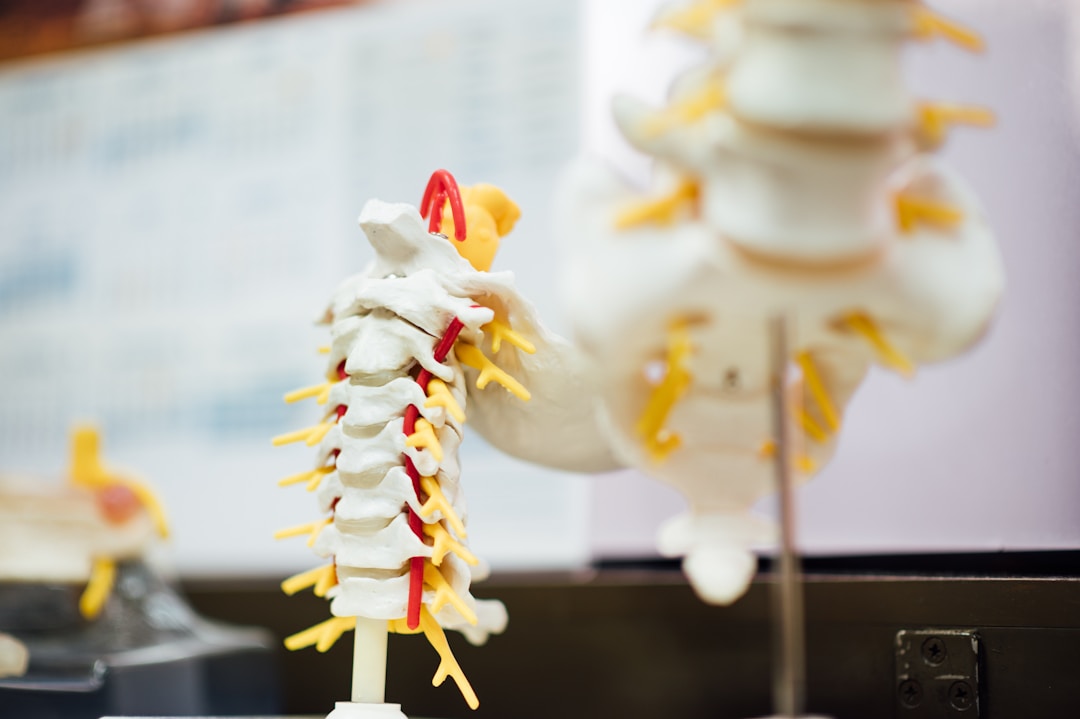There are plenty of reasons you might seek chiropractic care. Perhaps you deal with chronic headaches, sciatica, or back pain. Or, maybe you’re just seeking out better overall health and wellness. In any case, you might assume that one chiropractor is more or less the same as the next. So, when you take to the web to search “chiropractor Lone Tree, CO,” you’re looking for the nearest chiropractic office with good reviews. It’s all too easy to expect you’ll get the same treatment anyway, so you might as well search for an appointment that’s covered by your insurance or won’t put you too far out of your way.
While you’ll indeed receive excellent chiropractic care at any office, you’ll benefit all the more from chiropractic treatment that considers your unique needs. Contrary to popular belief, chiropractors don’t all use the same chiropractic techniques. Instead, there are quite a few different types of chiropractic treatment that a particular practitioner might use. In fact, there are more than 200 known techniques, most of which are a variation of spinal manipulation, a method in its own right. By studying each of these, you’ll be better able to determine the best technique for you, whether you’re seeking an expert like Dr. Robert Shire to treat a sports injury or you’re seeking perinatal chiropractic care to alleviate back and neck pain while promoting postnatal healing.
Spinal Manipulation

The spinal manipulative or direct thrust technique is a method that involves a chiropractor or other licensed professional applying a controlled thrust—an HVLA or high velocity, low amplitude thrust—to move a joint in the spine. More than half of U.S. adults turn to spinal manipulative therapy for general wellness or to mitigate a particular condition. However, other benefits, like increased energy, better immune function, and improved memory, have also been associated with this specific technique.
Spinal Mobilization

Spinal mobilization, then, is a more passive form of treatment than manipulation, including accessory movements, physiological movements, and grading mobilizations. Manipulation may be the method more commonly associated with chiropractic care, but it’s used less often. As a technique that’s considered a safer method, many professionals turn instead to spinal mobilization to treat conditions ranging from chronic pain to range of motion.
Gonstead Adjustment

Created by Dr. Clarence Gonstead, the Gonstead adjustment or Gonstead technique is a unique type of chiropractic care due to its focus on intervertebral discs and the body’s structural foundation. Simply put, a Gonstead chiropractor enhances the inherent hands-on component of treatment and seeks out the cause of a patient’s pain or discomfort.
Flexion-Distraction

Another form of manipulative therapy, flexion-distraction, is a treatment performed on a segmented table, which moves as the chiropractor manipulates the spine. This is used to treat a range of conditions and symptoms, primarily involved in lower back pain and muscle spasms.
Activator Technique

The activator method is a technique that uses multiple steps to adjust the spine. In this case, the patient lies face-down on the table while their chiropractor moves from the lower back towards the neck and head. By targeting each vertebra, the professional will seek out the particular sections causing pain or discomfort, treating the issue in turn.
Drop Technique

Another chiropractic treatment that yields positive results, the drop technique, uses a unique drop table to provide spinal manipulation with more minor discomfort than other methods. This can adjust the spine and other joints in the hands, arms, feet, and legs.
Chiropractic care is an incredibly effective method in treating neck, back, and shoulder pain, among other ailments, but no two chiropractors—or the techniques they use—treat a condition in the same way. By understanding the various methods available, you’ll be able to understand the best treatment for you, find the right chiropractor right away, and be that much closer to better health and care of your body.







